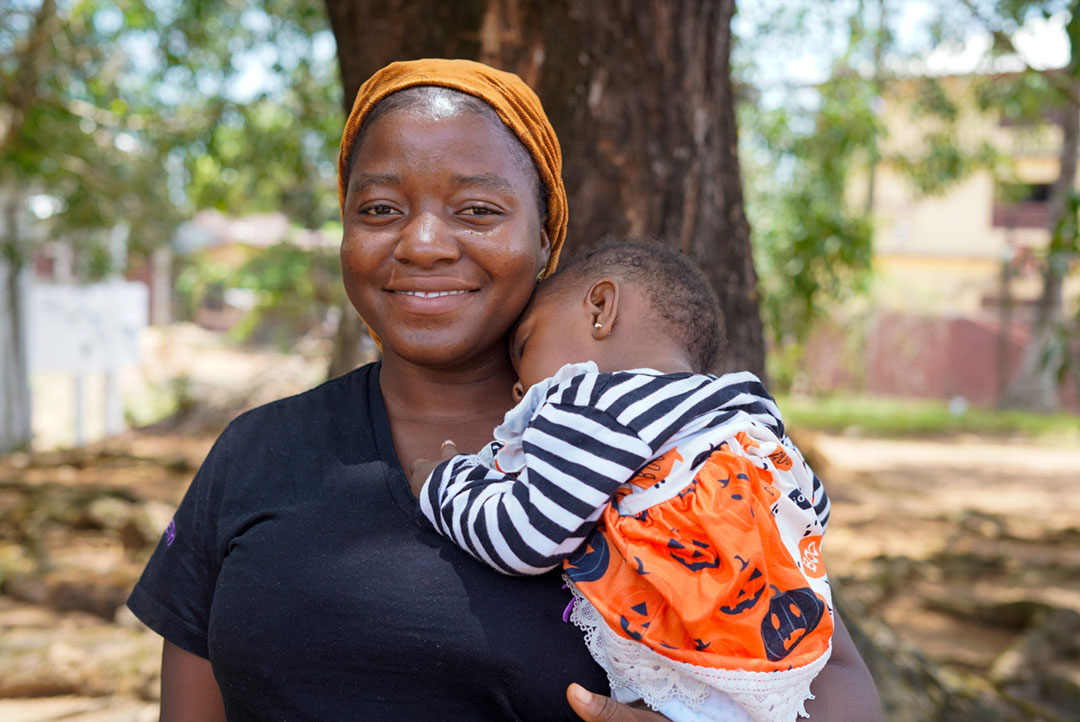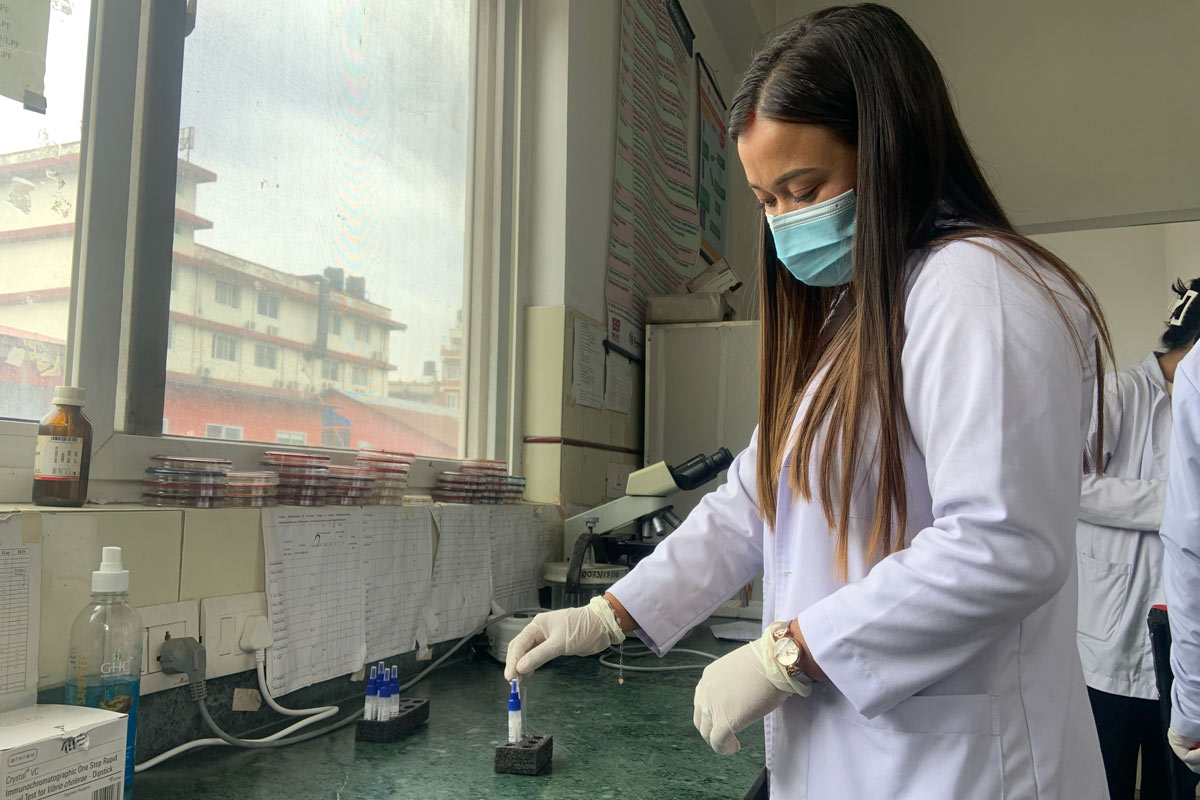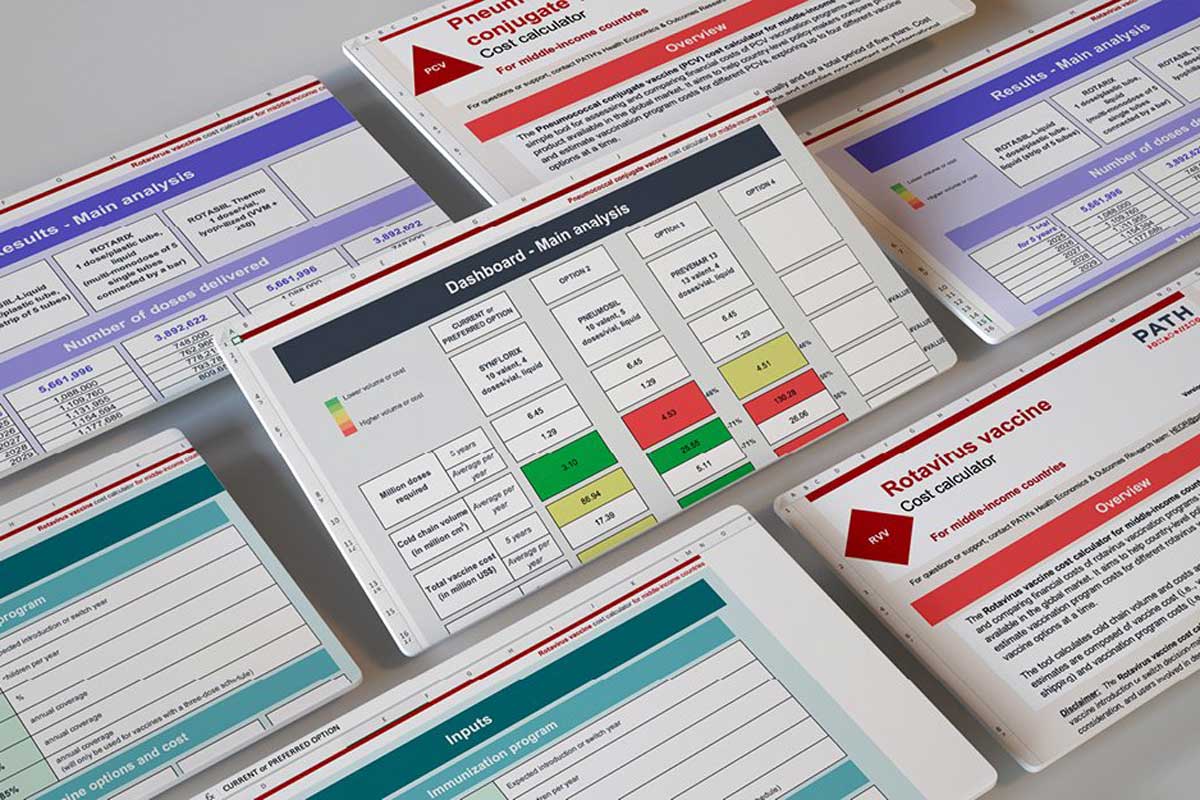Dr Seth Berkley, CEO of Gavi, the Vaccine Alliance

An expectant crowd wait for the launch of pneumococcal vaccine in Iganga, Uganda, in 2013. Photo: Gavi/ Michele Sibiloni.
I first worked in Uganda in 1987. I moved there from Massachusetts where I was working on infectious disease epidemiology on assignment from the Centers for Disease Control in the US. Uganda is where I learned about the difficulties of inadequate health and information systems, and how unequal the experiences of children in Africa were with their counterparts in the developed world.
For a snapshot, back then 191 Ugandan children out of every 1,000 died before reaching the age of five, and the full course of basic diphtheria, tetanus and pertussis (DTP) shots only reached 21% of kids. I had gone there on assignment from the Task Force for Child Survival at the Carter Center to help rebuild the immunization and surveillance systems after many years of chaos, and I recall that these sort of statistics were not uncommon for many African countries at the time.

Seth and a Ministry of Health colleague in Uganda in the late 80s. Photo: author’s own.
Even the processes around vaccination needed to be brought up to scratch to make it as safe for children in Uganda as it was in, say, the United States. One of the critical checks when visiting a clinic back then was to see whether they had any sterilisation equipment for the reusable syringes and needles (they mostly didn’t) and how they disposed of the disposable syringes. HIV/AIDS was just emerging, and the risks associated with reuse were higher than ever, but resources were overstretched. Since they often didn’t have incinerators in those days, health workers were supposed to dispose of contaminated equipment by throwing it down the latrine. I found this to be useful, since we could check whether clinics were really destroying syringes. I once went with Jimmy Carter to visit a set of clinics, and I remember the horror of the health team as we actually checked. We took a flashlight and looked down the toilet to see if there were syringes down there. Of course, there never were.

The immunization report Seth authored in 1987. Photo: I. Griberg.
Almost thirty years later, the picture has changed enormously. Some of the essential work took place even before we could even get new vaccines out to the world’s poorest countries – first, countries needed a safe platform for immunization. Auto-disable syringes and proper disposal facilities soon enabled vaccination to be as technically safe in developing countries as elsewhere (one of the first things Gavi did in the early 2000s), paving the way for more vaccine protection being delivered to more children than ever before. Many other things have changed too. In 1987, we had 15 road blocks on the Entebbe-Kampala road. Today the biggest risk is traffic on the nice highway between the two.
Looking at the statistics, Uganda’s progress is clear. Child mortality is now 55 per 1,000, with the basic package of vaccines reaching around 78% of kids – not perfect, but a huge improvement. More than that, Ugandan children now have greater access to vaccines that protect against a whole range of diseases, from hepatitis B to pneumonia. A few weeks ago they added another – HPV vaccines will now protect girls from cervical cancer later in life, and the Ugandan introduction of inactivated polio vaccine is just around the corner.
A few things have remained the same though. When Uganda launched pneumococcal vaccine in 2013, it was President Museveni who attended the launch, just as he had attended child health meetings all those years ago.

Celebrating the launch of pneumococcal vaccine in Uganda in 2013 with President Museveni. Photo: Gavi/ Michele Sibiloni.
The predominant trend is positive change in Uganda and across Africa, with better infrastructure and more lives being saved thanks to safe and still-expanding immunization programs. When I contemplate my work back then and the role I now have supporting global vaccination at Gavi, I’m proud to have been part of it.






